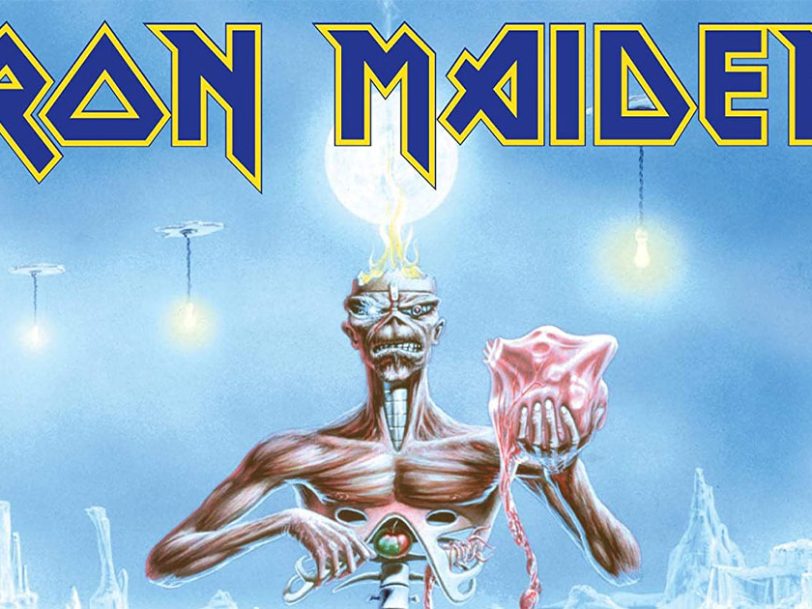The songs: “It had always been about the album, but they had several hits with ‘Seventh Son’”
“Bruce had something to prove. He hadn’t had a song on a Maiden album for four years,” Mick Wall told Metal Hammer. “Steve upped his game, too, and Adrian was in a wonderful purple patch, where he was knocking out meaningful, cool songs. It was a confluence of all of that and it turned into a hugely significant moment for them.”
The intensity of the band’s songwriting sessions continued in the studio, when Maiden decamped to Musicland Studios, in Munich, Germany, for Seventh Son Of A Seventh Son’s recording. Overseen by the band’s regular studio alumnus, the ever proficient Martin Birch, the songs were laid down in just a few weeks across February and March 1988. Pressure certainly came to bear on the group, as they were due to go out on tour to promote the album following its scheduled April release, yet Maiden thrived in the hothouse atmosphere and emerged with arguably the strongest album of their storied career.
Released in late March as the album’s lead single, Can I Play With Madness immediately served notice that Maiden were onto something special. Hard-edged and driving, yet infinitely radio-friendly – and promoted with help from a great video featuring Monty Python legend Graham Chapman – the song rocketed to No.3 on the UK charts. It also thrust Iron Maiden right into the heart of the mainstream.




